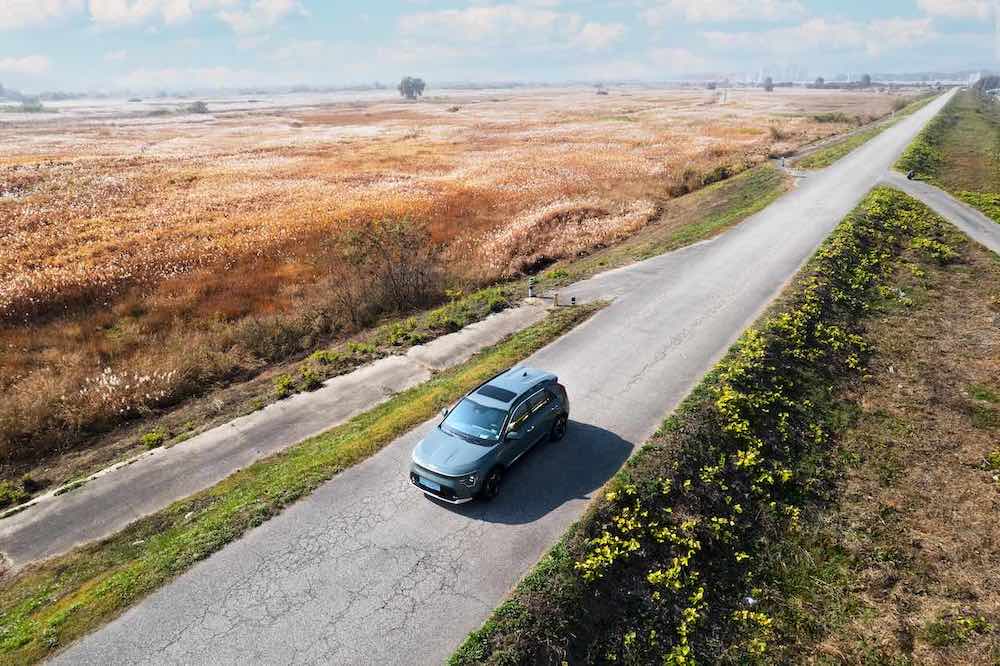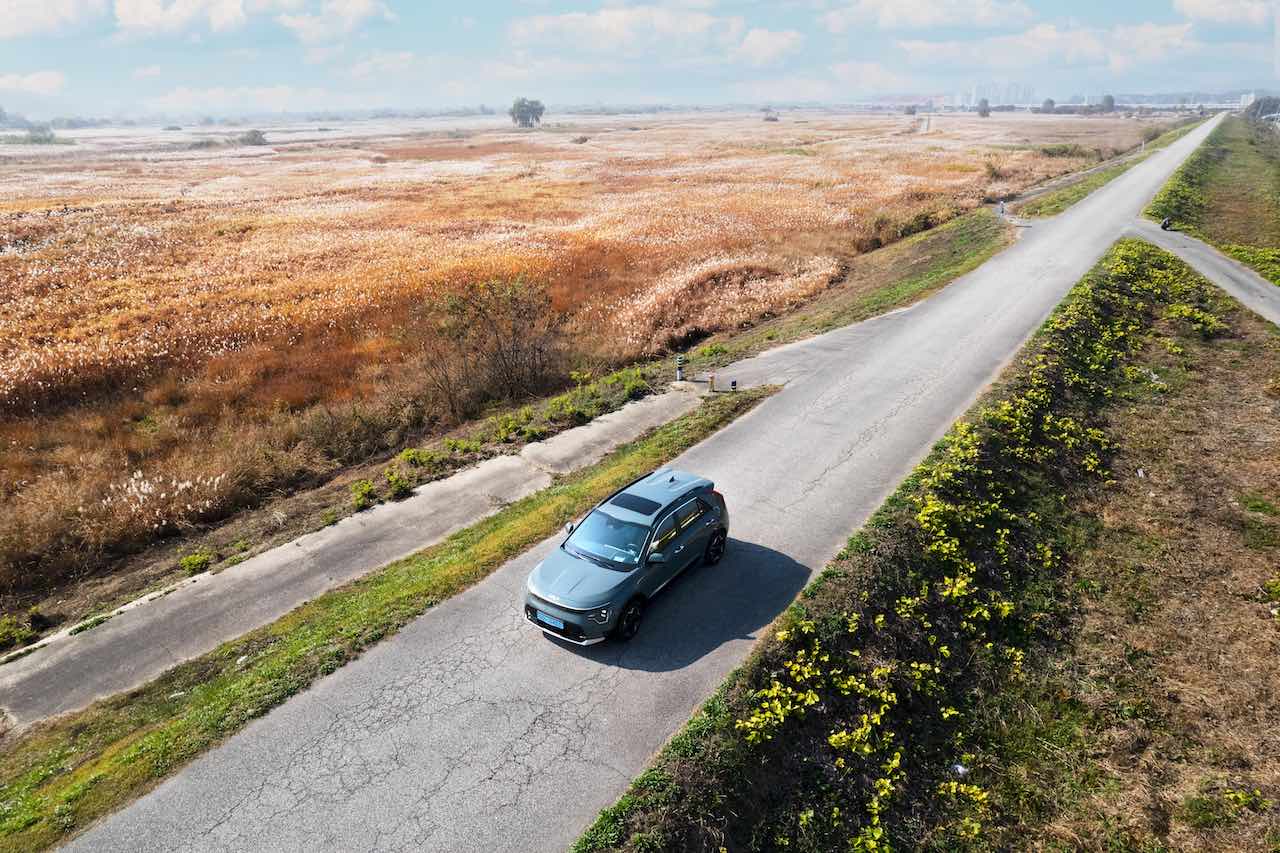We can avoid 5 mistakes in the summerthe hottest season of the year, and fully enjoy electric mobility.
 Electric mobility in summer the 5 mistakes to avoid for safe driving even during the hottest season of the year, press office source
Electric mobility in summer the 5 mistakes to avoid for safe driving even during the hottest season of the year, press office source
Electric mobility, a challenge to resistance
Summer’s high temperatures aren’t just a challenge for people. But they also put a strain on electric car batteries.
These risk losing autonomy, making their use less easy during the summer.
“To encourage the use of electric vehicles, it is important to identify their peculiarities compared to combustion cars and adapt one’s driving habits accordingly”.
Explains Franco Viganò, Country Manager Italy and Director Strategic Channel Development of Geotab. “The mobility of the future will be increasingly oriented towards a sustainable model.
For this reason we believe it is important to support companies and drivers in the transition to electric power, providing them with all the information necessary to understand how to fully exploit the opportunities offered by zero-emission transport, even when external temperatures may be unfavourable”.
Backed by a solid history of innovation and deep experience in electrification. Geotab identifies the five most common mistakes to avoid in the summer to always travel with complete peace of mind.
Plan itineraries and how during other seasons
Currently available electric cars generally have a shorter range than internal combustion vehicles.
The recharging takes longer than refueling. As a result, you will need to spend more time planning itineraries.
Furthermore, not taking into account the high temperatures in this phase could be a mistake. The heat, in fact, inevitably causes a loss of capacity and therefore of autonomy.
Fleet managers and users of electric vehicles therefore need to calculate the range of their vehicles. Differently than the ideal temperature of 21.5°C.
For example, Geotab’s tool for evaluating the impact of temperature and speed on the range of electric vehicles can be a useful ally.
Electric mobility, ignore adaptations
And another common mistake is not to take into account the fact that electric vehicles have to be recharged more slowly in the summer.
And more frequently during the hottest season of the year. To avoid overcharging, the maximum charging power is automatically regulated by the vehicle.
And, hopefully, fast charging should be avoided altogether.
Also, in hot environments most batteries reach their optimum performance at approximately 80% charge.
 Electric mobility in summer the 5 mistakes to avoid for safe driving even during the hottest season of the year, source DepositPhotos
Electric mobility in summer the 5 mistakes to avoid for safe driving even during the hottest season of the year, source DepositPhotos
Therefore, it may be advisable not to fully charge the batteries. In addition, it is recommended to cool the vehicle interior with air conditioning during charging.
In this way, on the one hand, drivers will benefit from pleasant temperatures. On the other hand, the battery will be preserved, increasing its autonomy.
Driving frantically
As a general rule, also for security reasons. Drivers should drive as smoothly as possible, avoiding sudden acceleration and braking.
A high temperatures adopting smooth driving of electric cars is even more important. As strong acceleration may cause the battery to overheat.
As a result, there will be a need for more electricity to be used for cooling, with a negative impact on range.
Park in the sun
When you are in a hurry you hope to quickly find a parking space, possibly close to your destination. But for those who drive an electric car, using the first available parking space can prove to be a mistake. Indeed, trivial as it may seem, EV drivers should prefer to park in the shade, such as in an underground garage, in an atrium or under trees. This prevents the battery from overheating, requiring less energy for cooling and consequently increasing the range.
 Electric mobility in summer the 5 mistakes to avoid for safe driving even during the hottest season of the year, source DepositPhotos
Electric mobility in summer the 5 mistakes to avoid for safe driving even during the hottest season of the year, source DepositPhotos
Overstressing the car
Certain travel habits can have a negative impact on battery range, especially in summer. Not making small adjustments to your usual driving style can therefore be a mistake for drivers. L’the best example is that of air conditioning, which contributes to the higher energy consumption of the vehicle and which should therefore be avoided wherever possible.
Alternatively, it is possible to air-condition the vehicle before starting the journey, always being careful not to set the air to maximum. The others too electrical equipment in the car should be used sparingly: in fact, mobile phone charging via USB, interior lighting, radio and navigation system contribute to overall energy consumption.
In the end, it is advisable to avoid an additional load in terms of weight of the car, by removing unnecessary objects from the boot. In fact, every extra kilo carried has a negative effect on the range.
















Leave a Reply
View Comments